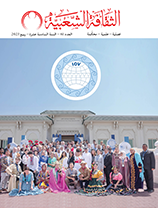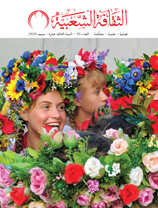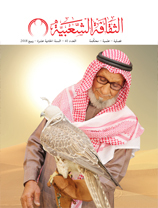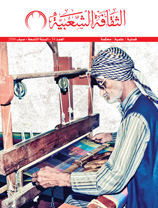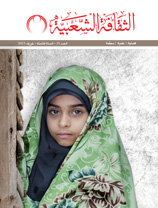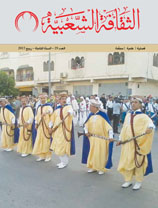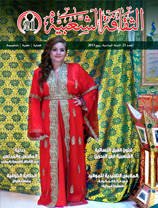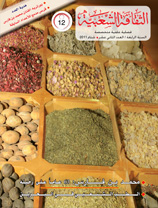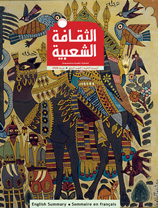Crafts in the folktales of the Levant
Issue 15

Ahmed Ziyad Muhhabk (Syria)
This article focuses on the relationship between crafts and folktales. The article defines crafts, differentiating them from professions, and folktales, and then classifies folktales that reference crafts into the following categories:
- Folktales that praise crafts
- Folktales that criticize certain crafts
- Folktales that emphasize a craft’s value
- Folktales about women who make crafts
- Folktales that criticize the lack of a craft
The article then attempts to link crafts to Islamic values and principles by referencing Quranic verses, Prophetic sayings and traditional discourse such as proverbs and idiomatic expressions. The article includes summaries and brief analyses of the Standard Arabic version of folktales that were originally narrated in colloquial dialects, owing to the belief that the general value of the tales lies in their components and structure, not in the language in which they are narrated. Only the proverbs are expressed in dialect.
The folktale is a type of folklore; it is a story passed orally from generation to generation retaining its general structure and essential elements that form permanent motifs. Both the folktale’s creator and its first narrator are unknown; it is either the creation of the collective culture, or the creation of an unknown individual. Folktales are often subject to modification because they are never narrated from a written text or in the same style. They are recreated by a skilful narrator, and heavily influenced by the dialect in which they are narrated. There are large similarities among folktales, especially those of the Arab countries, as if all folktales have a single origin, or as if they were shared between different peoples over time during trades, travels and perhaps wars. As a result, folktales are not restricted to any particular place or time, or to regional specifics; instead folktales reveal universal values and common sense.
Few folktales focus on crafts, which are defined as goods or services that are made using a tool. This includes occupations such as that of the butcher, blacksmith, tailor, barber, weaver, spinner and upholsterer, but excludes the teacher, judge, merchant, doctor, prince, minister or Sultan.
Most folktales that mention crafts emphasize the crafts’ symbolic values and significance, yet in a few tales, the crafts are mentioned only for their intrinsic value.
Analysis has shown that most folktales about crafts tend to praise the crafts or even condemn those who do not have a craft. In a number of folktales, women’s work, especially that which involves spinning cotton, is depicted as a means of achieving liberation and self-worth.
Folktales that make reference to crafts are usually serious, although they often have happy endings. These folktales are seldom funny or satirical, with the exception of folktales about Juha.











